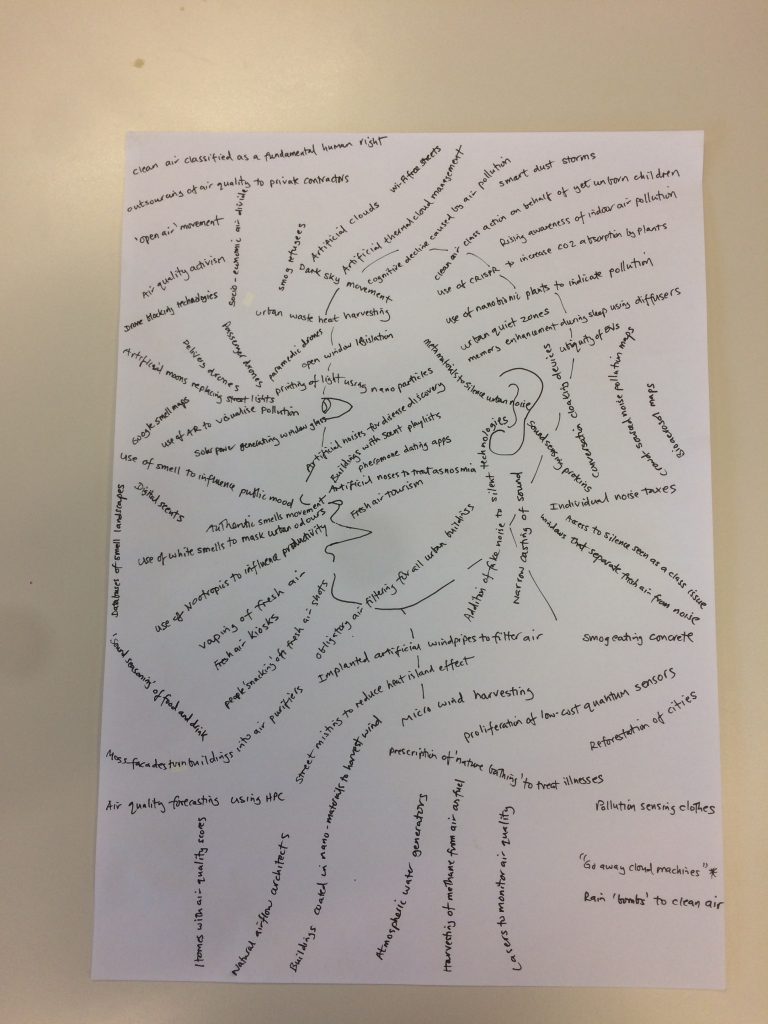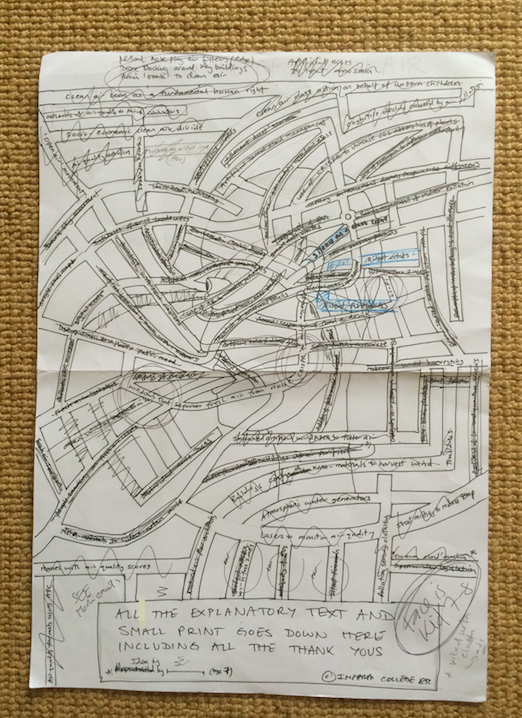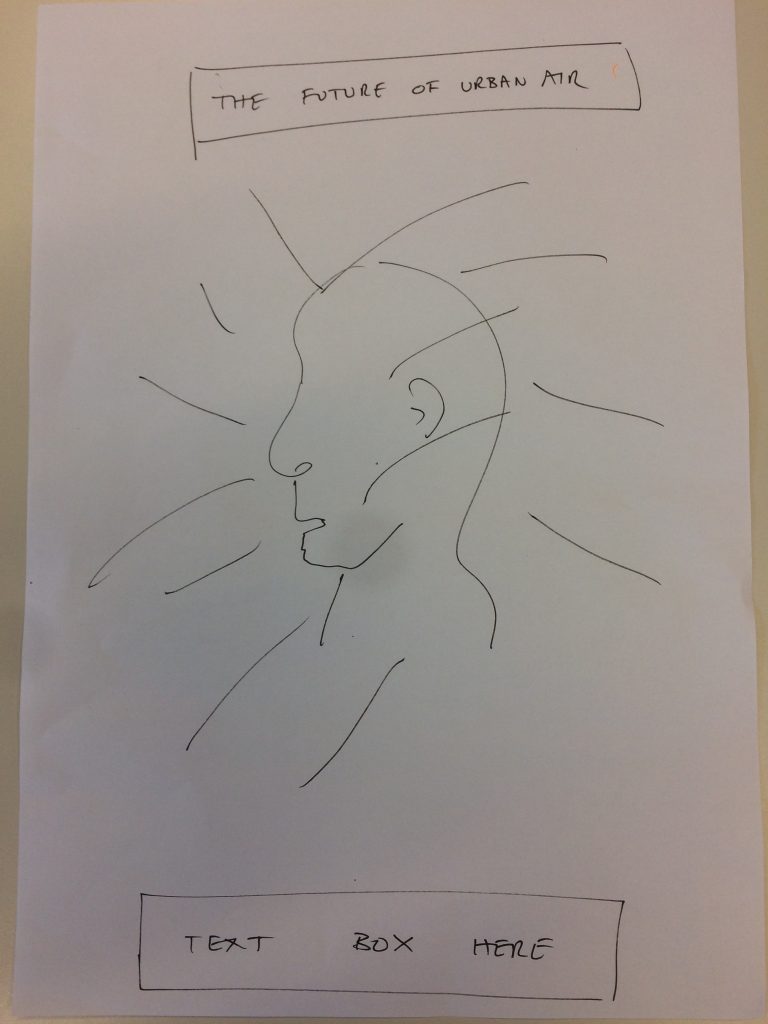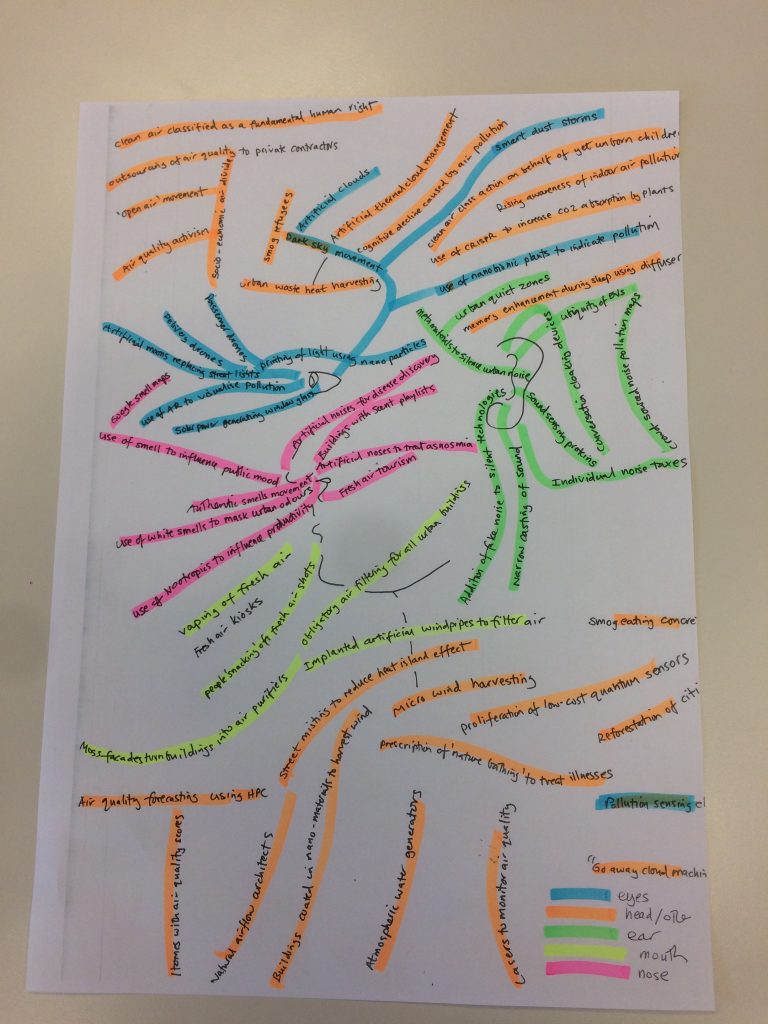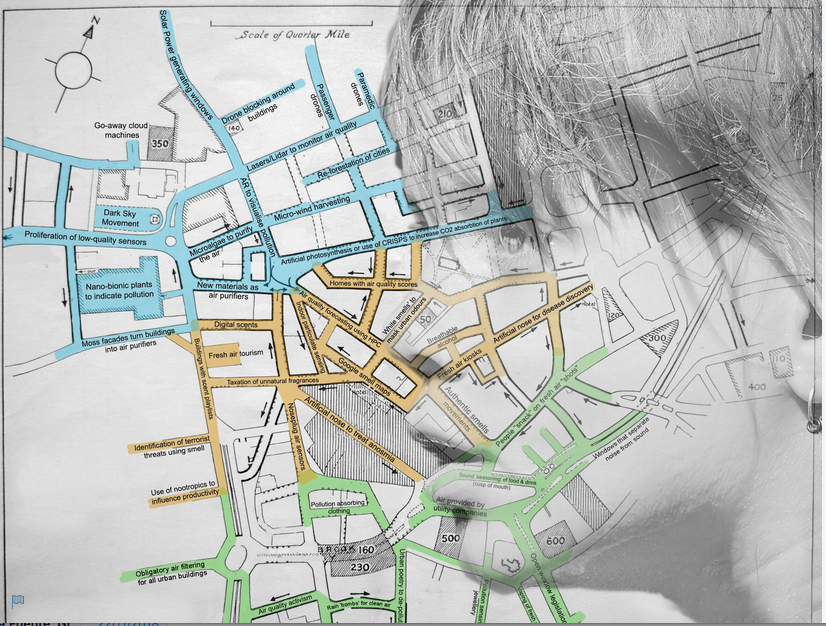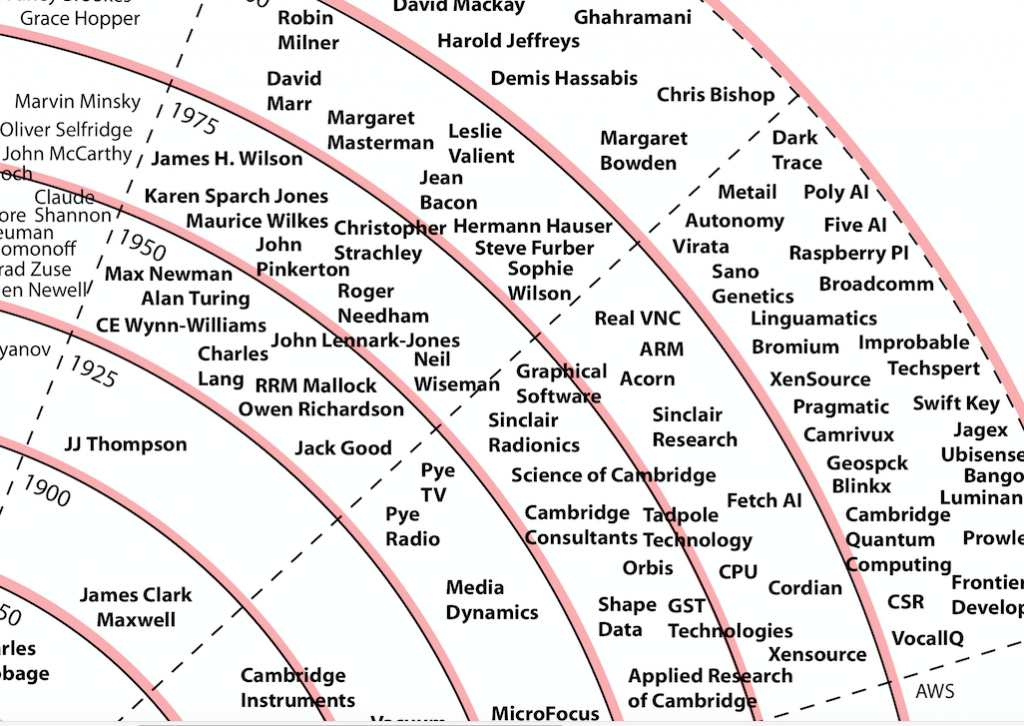
Something for Shams…
it’s just part of a visual exploring the development of computing and AI at cambridge and touching on the business eco-systems that’s part of this. Bit of luck it will be finished by the end of the month.

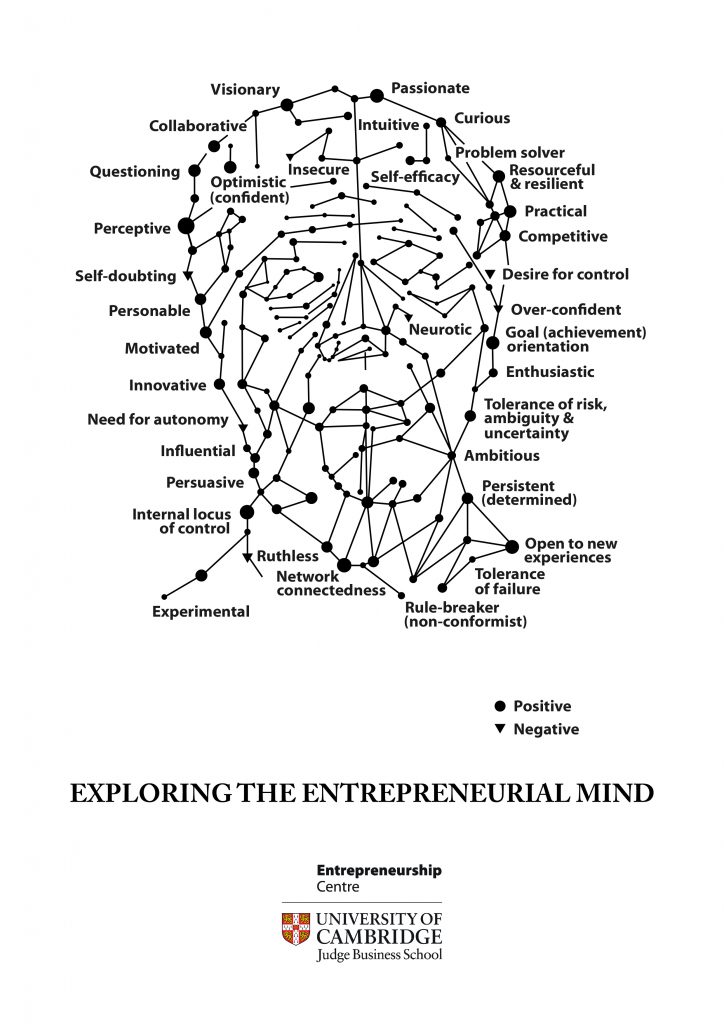
This one has been a while coming. It’s a visual exploration of some of the traits and states associated with an entreprenerial mind. Obviously not everyone will possess all of these traits or states and neither are they static – these will change over time too as a start-up grows and new people join the business. Perhaps a question is which states work best throughout an organisations lifecycle?
Bibliography:
Peta Levi, ‘Flourishing in the Cambridge parkland’, Financial Times, November 1980
Segal Quince Wicksteed, The Cambridge Phenomenon: The Growth of High Technology Industry in a University Town, 1985
Lyle M. and Signe M. Spencer, Competence at work: models for superior performance (Chapter 17, Entrepreneurs), John Wiley & Sons, Inc., 1993
Sally Caird, What do psychological tests suggest about entrepreneurs? Journal of Managerial Psychology, 8(6) pp. 11–20, 1993
Tom Byers (Stanford), Heleen Kist (Stanford) and Robert I. Sutton (Hass), Characteristics of the Entrepreneur: Social Creatures, Not Solo Heroes, Handbook of Technology Management, Richard C. Dorf (Ed), CRC Press, October 1997
Yin M. Myint, Shailendra Vyakarnam and Mary J. New, The effect of social capital in new venture creation: the Cambridge high‐technology cluster, John Wiley & Sons, June 2005
S Kavadias, SC Sommer, The effects of problem structure and team diversity on brainstorming effectiveness, Management Science, 2009
T Miller, M Grimes, J McMullen and T Vogus, Venturing for others with heart and head: How compassion encourages social entrepreneurship, Academy of Management Review 37 (4), 616-640, 2012
J Hutchison‐Krupat, RO Chao, Tolerance for failure and incentives for collaborative innovation, Production and Operations Management, 2014
The Cambridge Phenomenon: 50 Years of Innovation and Enterprise, Kate Kirk and Charles Cotton, Third Millennium, 2012
M. Frese & M. M. Gielnik, The psychology of entrepreneurship. Annual Review of Organizational Psychology and Organizational Behavior, 1, 413–438, 2014
M. J. Gorgievski & U. Stephan, Advancing the Psychology of Entrepreneurship: A Review of the Psychological Literature and an Introduction. Applied Psychology, 65(3), 437–468, 2016
Lynda Applegate, Janet Kraus, and Timothy Butler, Skills and Behaviors that Make Entrepreneurs Successful, HBR Working Knowledge, June 2016
Dean A. Shepherd and Holger Patzelt, Entrepreneurial Cognition: Exploring the Mindset of Entrepreneurs, Palgrave Macmillan, 2018
Nicos Nicolaou, Phillip H. Phan and Ute Stephan, The Biological Perspective in Entrepreneurship Research, Entrepreneurship Theory and Practice, November 2020
Early roughs…
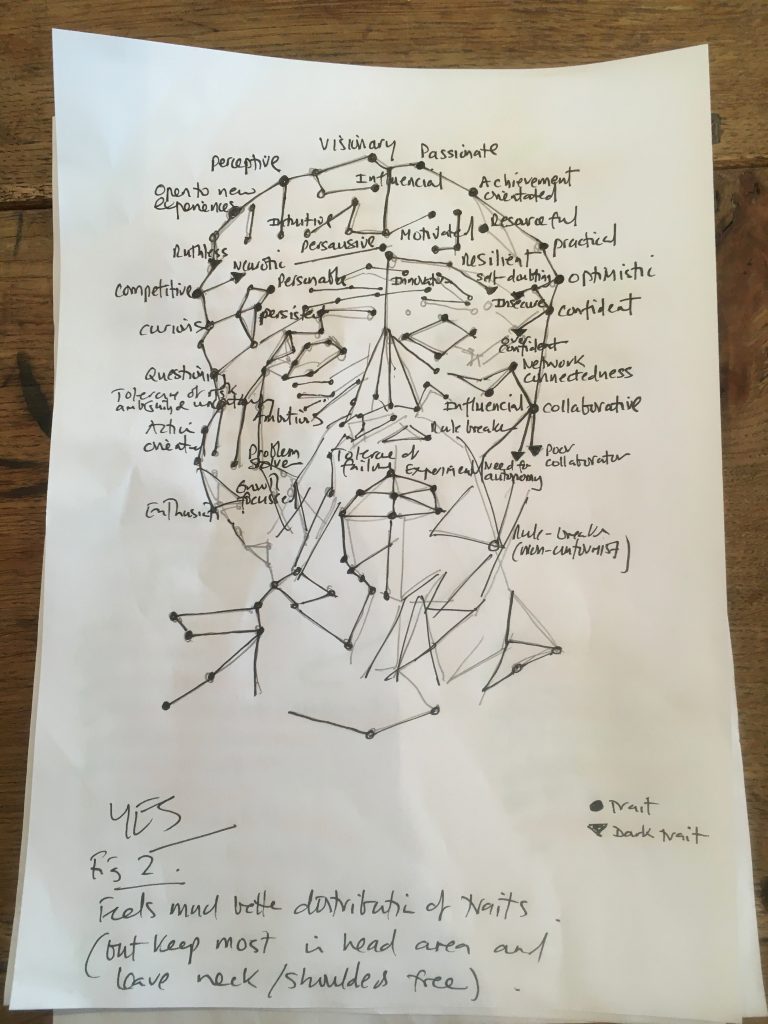
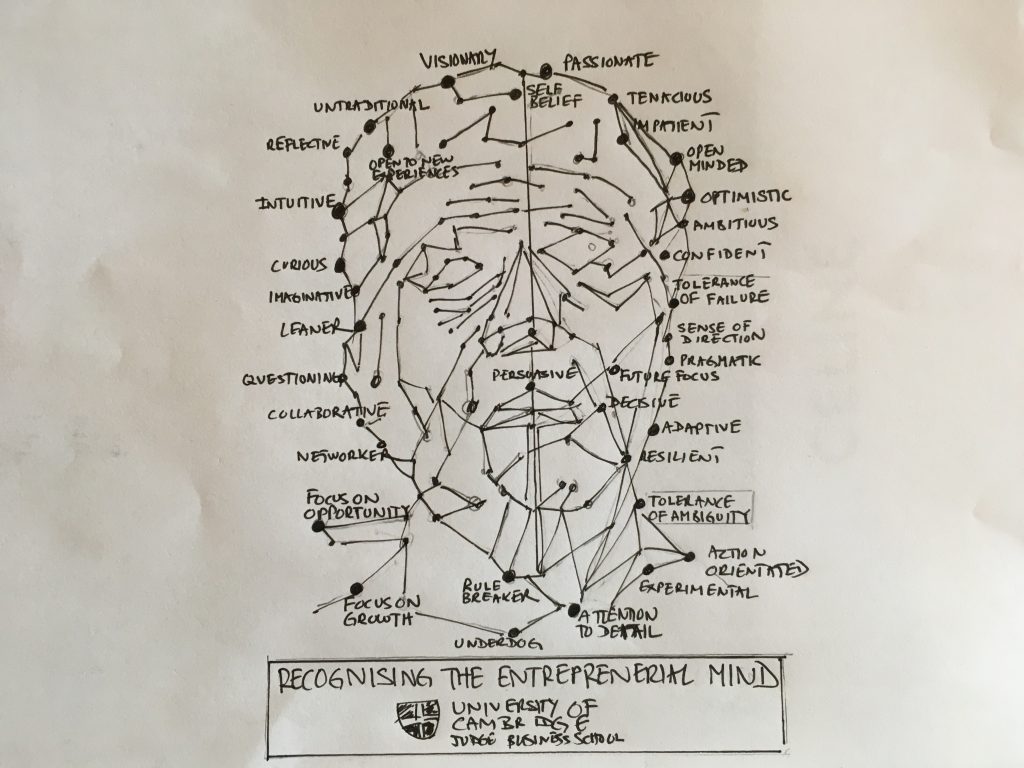
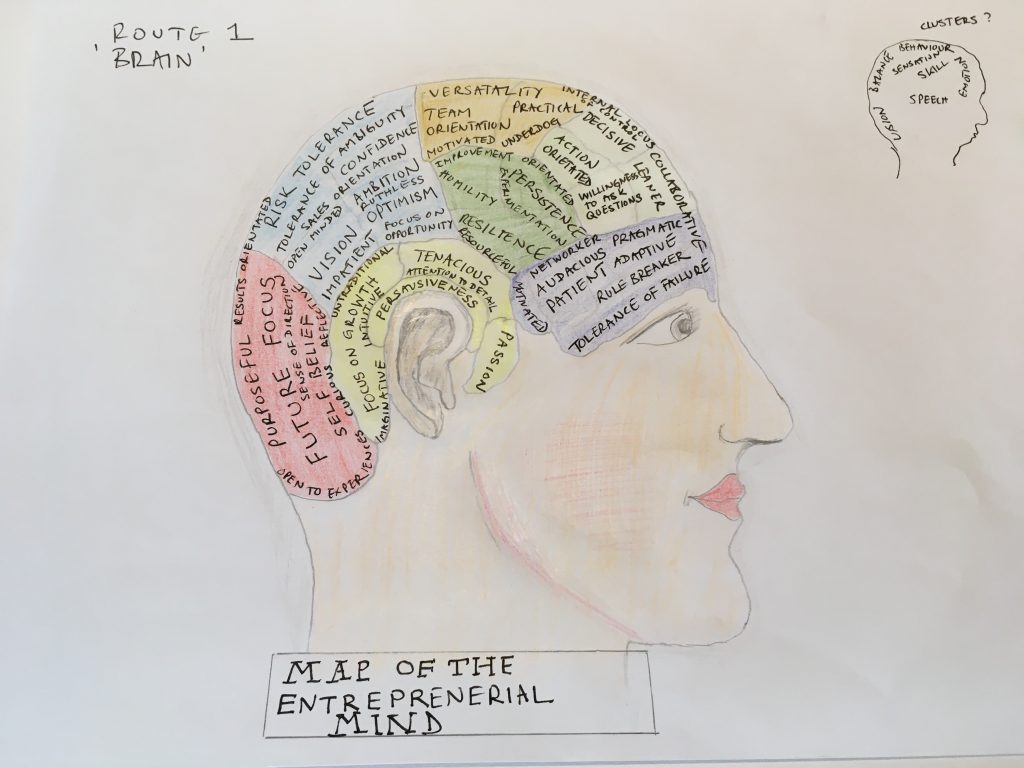
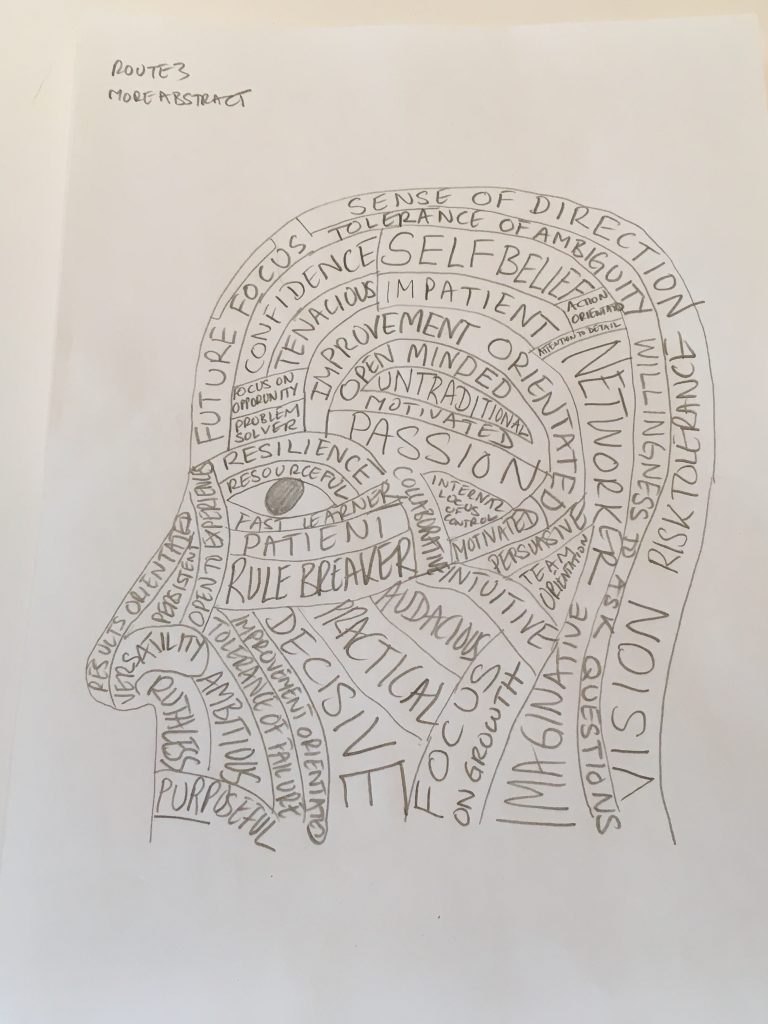
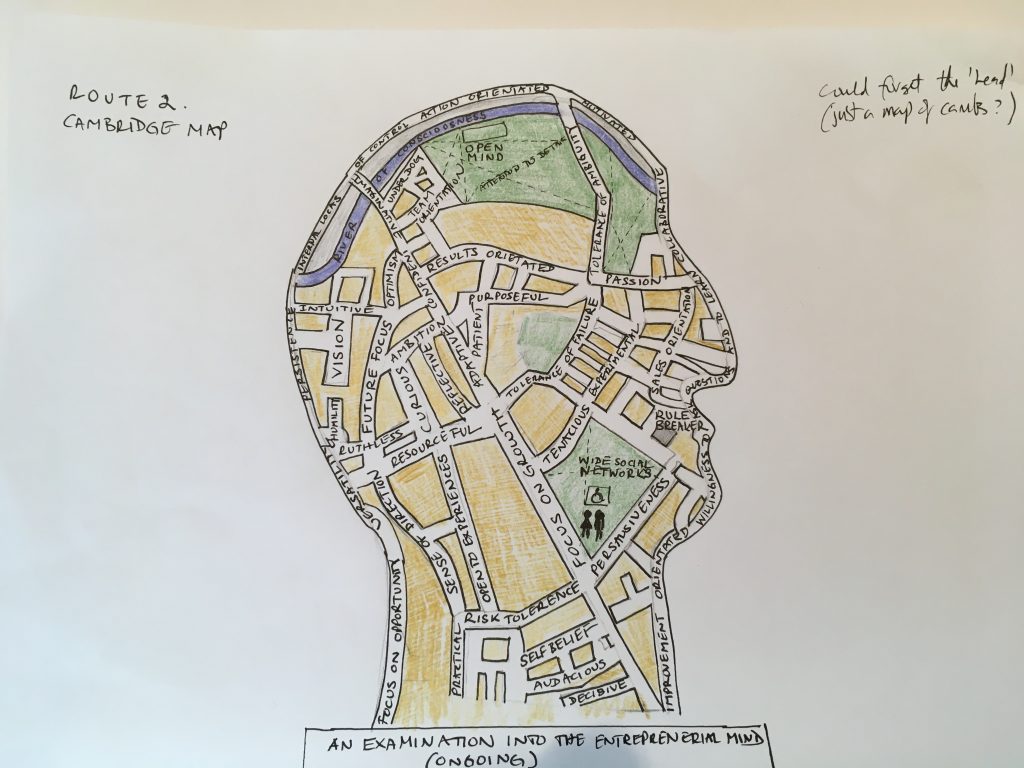
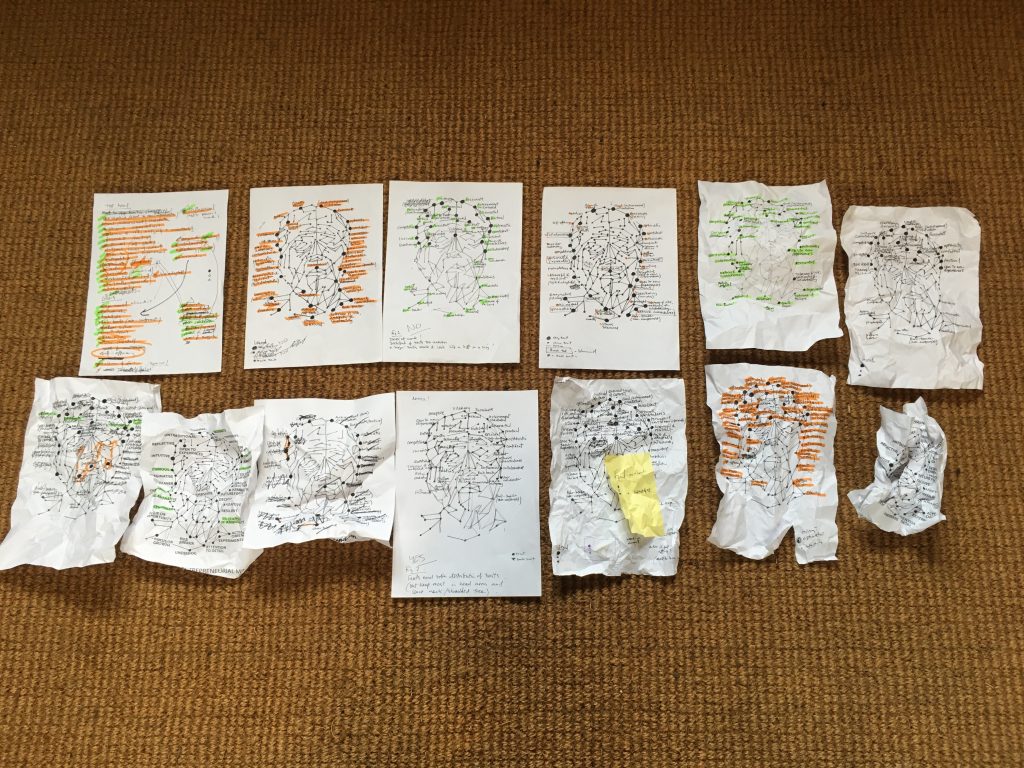
And that’s only a few of the versions. Should have something final by the end of the week.
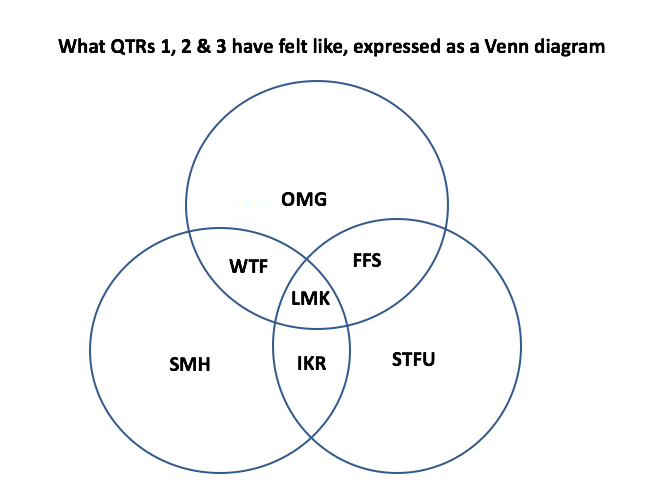
The Covid-19 line is dreadful, but I actually think the suicide line is worse in some senses.
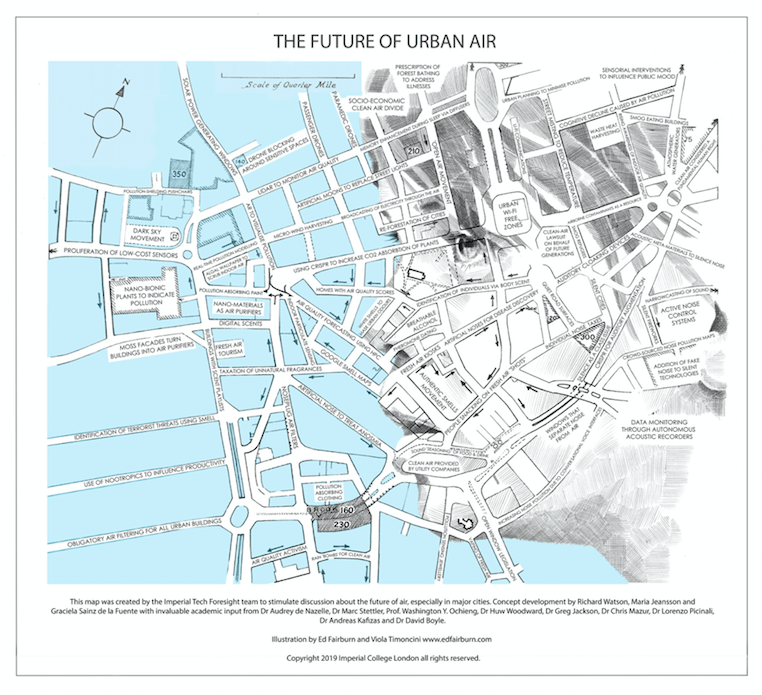
All good things come to those that wait. Here, finally, is the future of air info-graphic. Tomorrow (hopefully) I’ll post a link to the static map (PDF). Today, here is a rather spendid interactive version. (Click to enlarge and reveal hidden content).
Sometimes these maps are quite quick to create (e.g. the Future of Space) other times they take forever. This started out as a scribble almost 2-years ago. I then looked at weather maps, ancient cartographic maps and stylised images of sails, even breathing and wind, but eventually the scribble morphed into a street map. At this point I stumbled upon the work of an illustrator called Ed Fairburn and the scene was set for what I hope will become a great example of art/science collaboration.
The visual is a fictitious city street map with the face of a child hand-drawn by Ed over the streets. (the child was a quite deliberate choice, because children are linked to the future and, more importantly, it is far more provocative than if we’d used the image of an adult). Visually based tends, inventions and ideas then cluster around the eyes, sound-based thoughts cluster around the ears, smells around the nose and so on. But before I go on to explain what’s on the map, why does it exist at all?
I did a map looking at the future of water with Imperial some time ago. I’ve done food in the past too, so air felt like an obvious theme. Various people at Imperial were looking into air (as was Davos) and a quick Google search found there to be next to nothing about the future of air or the future of air in cities, which is always a good sign. Why urban air? Because most of the big problems and opportunities surrounding air in the future will be found in cities and mega-cities in particular. Of course, conveying ideas about something that cannot be seen (air) is challenging, but hopefully the map itself will help and there are a couple of entries of the map itself that might solve this too.
Maps generally are a powerful way to convey information, messages, arguments or ideas and hopefully this one will provoke some conversation about what is, after all, the most precious and perhaps most threatened resource of them all.
So, what’s on the map? Here’s a list. It’s not the final one, but it’s close and it does show some of the thinking that went into the map (things that got removed, debated etc.). BTW, ‘head’ is a cluster that comprises some cerebral thoughts, along with things that frankly didn’t fit anywhere else.
Credits for the map belong to yours truly, Richard Watson, Maria Jeansson and Graciela Sainz de la Fuente with academic input provided by Dr Audrey de Nazelle.
Head
Clean air as a fundamental human right
Smog refugees
Natural
airflow architects
Air quality activism
Artificial
thermal cloud management
Urban Wi-Fi free zones
Google smell maps
Memory enhancement during sleep via diffusers
Use of smell to influence public mood
Street misting to reduce temperatures
Databases of
smell landscapes
Rising awareness of indoor air quality
Pollution as a business opportunity
‘Prescription’ of nature to address illnesses
Artificial noses to treat anosmia
Cognitive decline caused by air pollution
‘Open air’ movement
Atmospheric water generators
Socio-economic clean air divide
Clean-air lawsuit on behalf of future generations
Identification of terrorist threats using smell
Pollution
harvesting ignites circular economy
CRISPR to increase CO2 adsorption by plants
Eyes
Solar power generating windows
Artificial moons to replace street lights
Drone blocking around buildings
Artificial clouds
Printing of
light using nanoparticles
Augmented reality to visualise pollution
Lasers to monitor air quality
Passenger & delivery drones
Nano-bionic plants to indicate pollution
Smart dust
storms
Go away cloud machines*
Paramedic drones
Micro-wind harvesting
Proliferation of low-cost quantum sensors
Dark sky movement
Moss facades turn buildings into air purifiers
Indoor particulate sensing
Nose
Fresh air kiosks
Personal nose-plug air filters
Authentic smells movement
Taxation of unnatural smells
Digital scents
Breathable alcohol
Homes with air quality scores
White smells to mask odours
Air quality forecasting using HPC
Use of nootropics to influence productivity
Artificial noses for disease discovery
Artificial nose to treat anosmia.
Fresh air tourism
Rain ‘bombs’ to clean air
Mouth
Windows that separate fresh air from noise
Open window legislation
Obligatory air-filtering for all buildings
Vaping of fresh air
People ‘snacking’ on fresh air shots
Pollution absorbing clothes
Outsourcing of air quality
to private contractors
Air provided by utility companies
Sound ‘seasoning’ of food & drink (cusp of mouth)
Pollution protected pushchairs
Ears
Silence as a class issue
Silent fireworks
Use of metamaterials to reduce noise
Narrowcasting of sound
CRISPR for auditory augmentation
Addition of fake noises to silent technologies
Crowd sourced noise pollution maps
Sound sensing proteins
Quiet road surfaces
Conversation cloaking devices
Individual noise taxes
Silent cities movement
Ubiquity of EVs
Increase in noise due to voice interfaces
Sensorial interventions to influence public behaviour
Use of sound
to influence public behaviour
The link to the interactive map once again. (click to enlarge and reveal hidden content).
Finally, some of the early scribbles….
